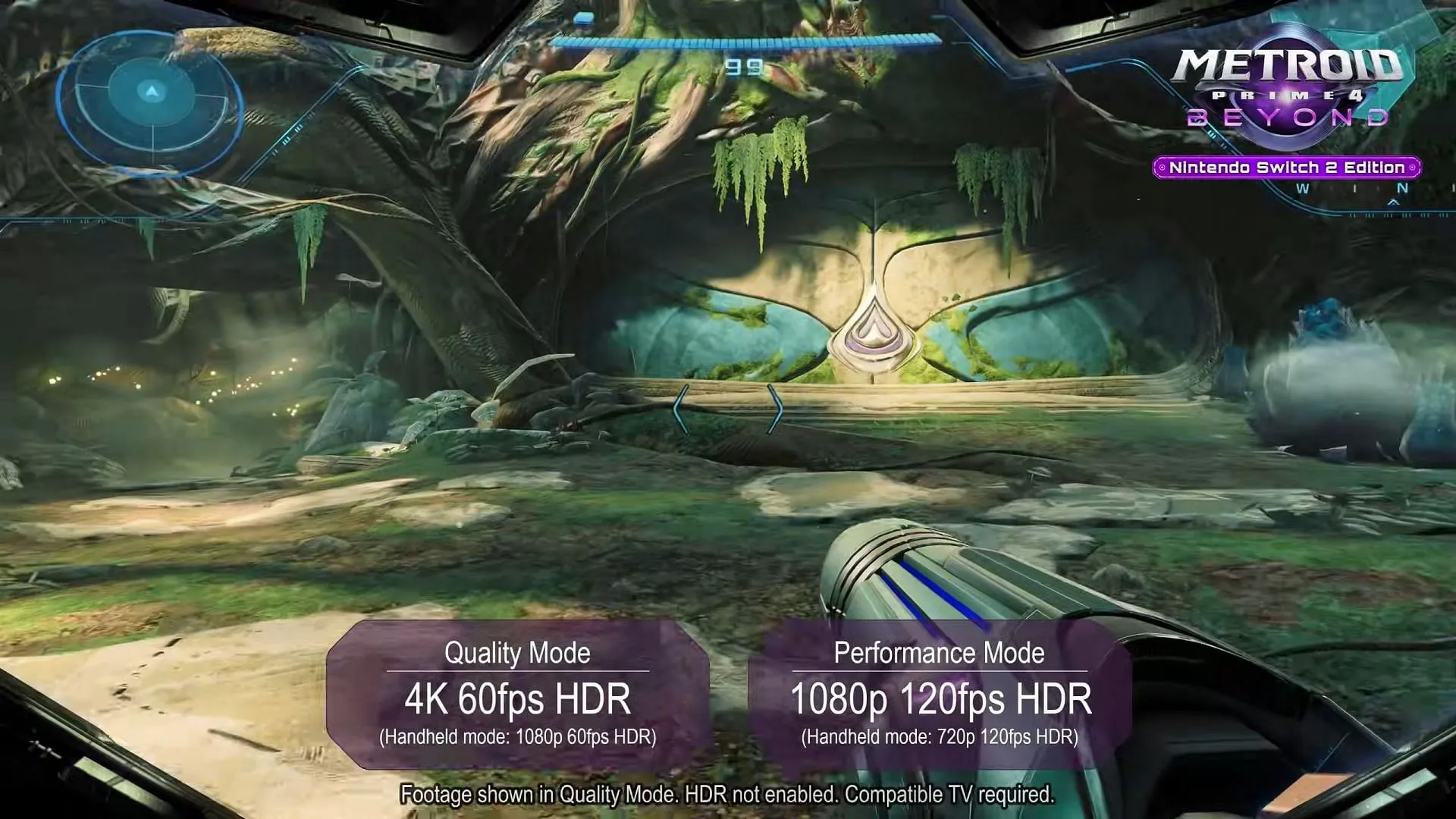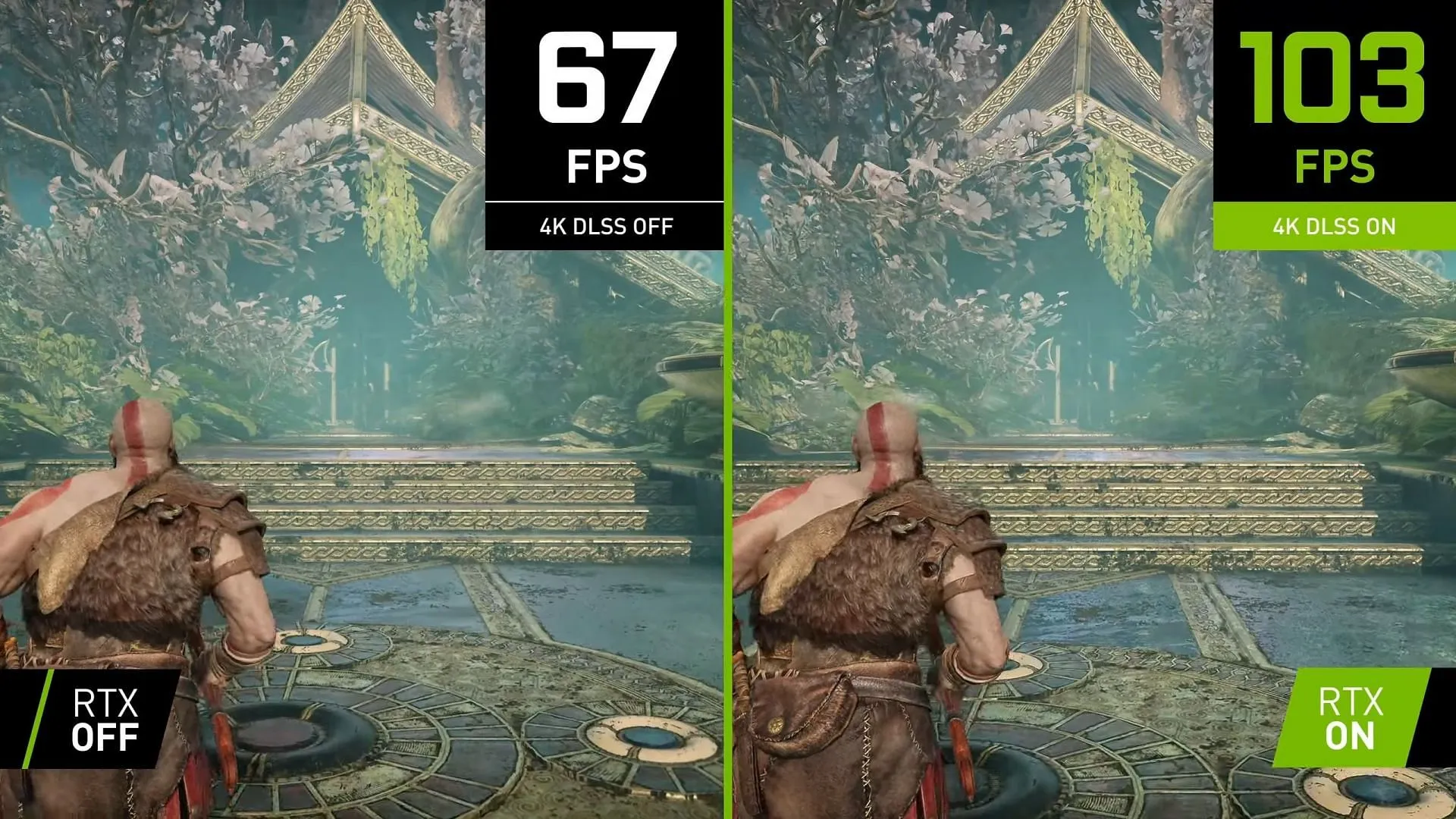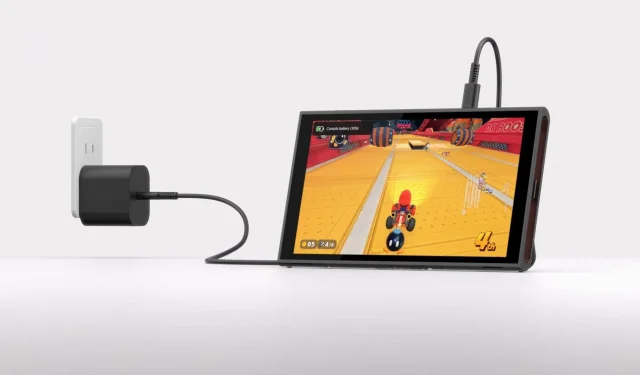The launch of the Nintendo Switch 2 has generated significant buzz within the gaming community, despite some initial pricing concerns. Nintendo has once again outdone itself, offering features that exceed expectations. At the heart of this new console is an Nvidia chip capable of delivering impressive graphics: up to 1080p in handheld mode and an even more stunning 4K resolution when docked.
However, it’s important to note that many demanding AAA titles may struggle to achieve these high resolutions natively. This is where advanced technology like DLSS (Deep Learning Super Sampling) steps in, allowing these graphics-intensive games to upscale to 4K while maintaining a seamless 60 FPS.
This article delves into the transformative impact that DLSS could have on the Nintendo Switch 2, exploring how it might revolutionize the handheld gaming experience.
Understanding DLSS: A Potential Revolution for Nintendo Switch 2

The Switch 2 harnesses the power of its Nvidia chipset to deliver up to 60 FPS at 1080p in portable mode and 60 FPS at 4K when connected to a TV. Notably, this impressive performance was showcased in the game Metroid Prime 4: Beyond – Switch 2 Edition. Although the Nvidia chip offers strong capabilities, it is crucial to recognize that titles like Metroid 4 Beyond are not particularly demanding graphically, which facilitates their high-resolution performance.
In contrast, more graphically intense games such as Cyberpunk 2077, Elden Ring, Split Fiction, and Hogwarts Legacy might face challenges in running at these elevated resolutions without the support of DLSS.
An insightful blog post by Nvidia highlights that the Switch 2’s architecture includes dedicated ray tracing and tensor cores. The presence of Tensor cores enables the utilization of DLSS, which could greatly enhance gaming performance on this handheld device.
The Mechanics of DLSS

Typically, running games at lower resolutions like 720p allows for higher frame rates compared to 1080p. However, the visual quality at lower resolutions doesn’t suffice for many gamers. This is where DLSS excels—it enables higher visual fidelity while maintaining performance. For instance, if a game typically runs at 1080p with 30 FPS, DLSS achieves this by rendering it at 720p with 60 FPS, then using AI to upscale the image to 1080p without sacrificing frame rate. Thus, DLSS promises to redefine gaming experiences on the Switch 2, proving its worth through successful implementations in the PC gaming landscape.
Achieving 60 FPS or 4K Resolution with DLSS
DLSS offers a flexible configuration, allowing developers to optimize their games for either 1080p visuals at up to 120 FPS or 4K at up to 60 FPS. However, Nintendo has left the ultimate decision regarding DLSS implementation to the developers themselves. This means that each title may opt for native 4K or select DLSS enhancements as per their requirements.
Moreover, developers have the option to present distinct Quality and Performance modes for players. Such options were showcased in the Metroid 4 Beyond Switch 2 Edition, where Quality mode prioritizes higher resolution at the cost of frame rates, while Performance mode boosts frame rates at reduced resolutions.
Current Status of DLSS-enabled Games
As of now, neither Nintendo nor Nvidia has officially confirmed specific games that will implement DLSS technology or their intended capacities. However, updates will be provided as more information becomes available.


